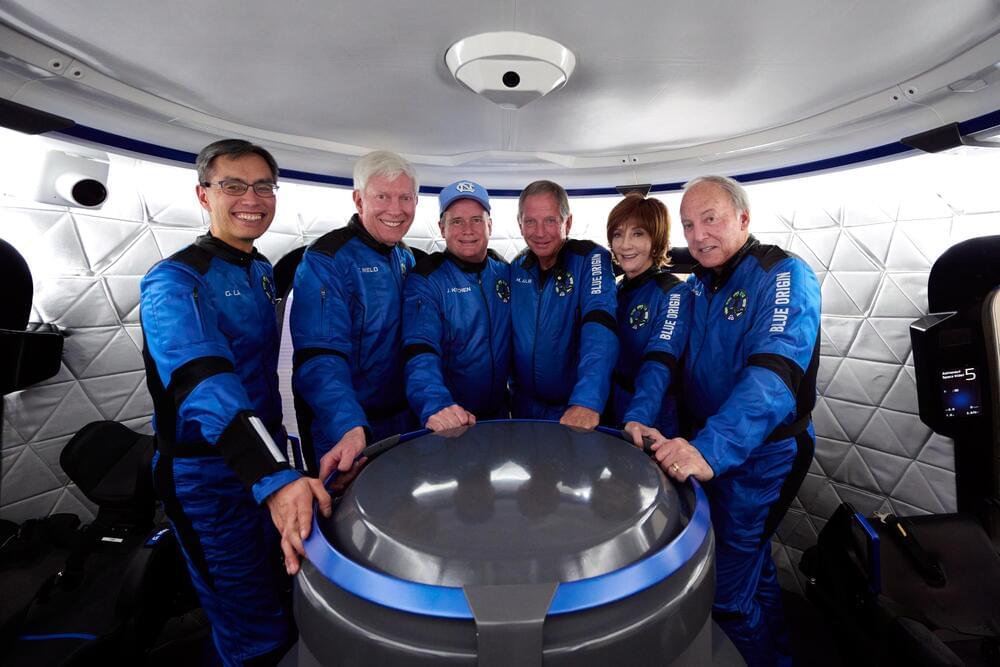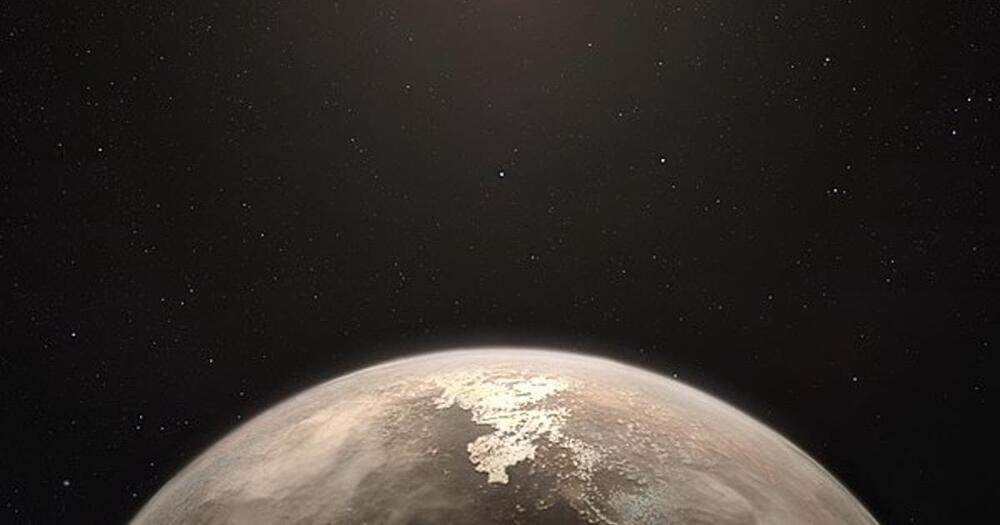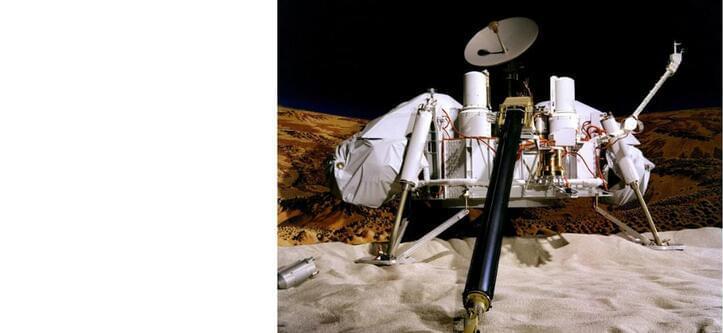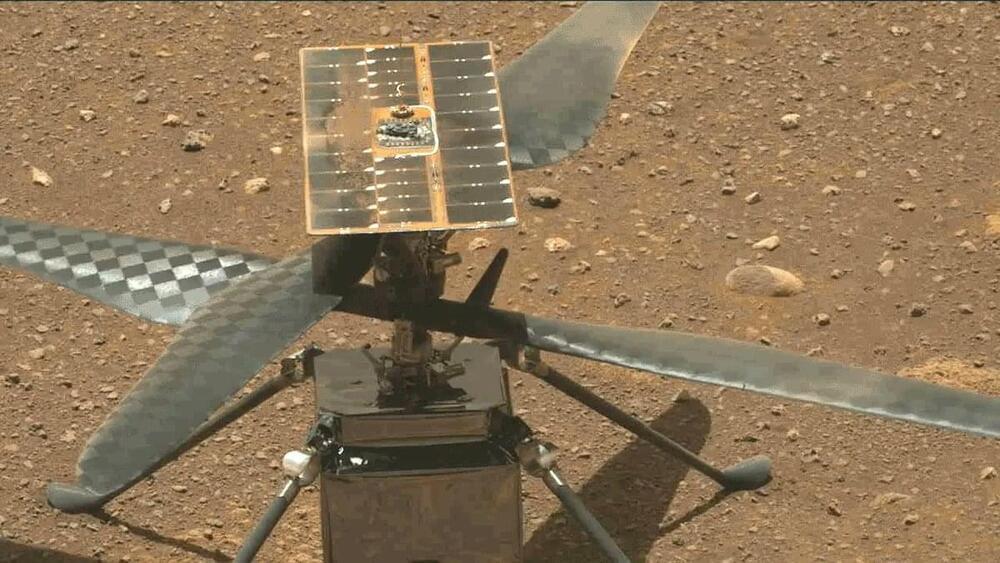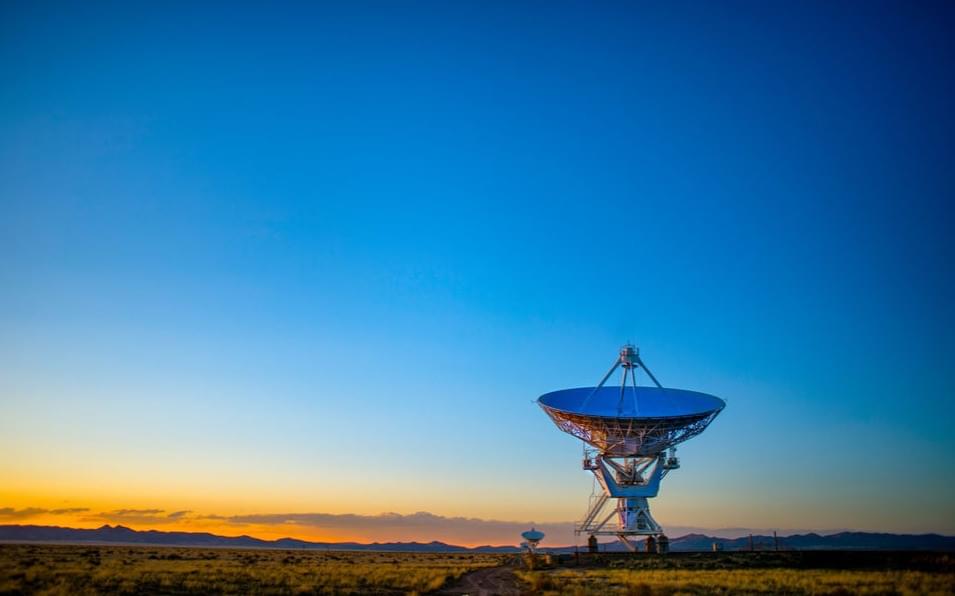►Is faster-than-light (FTL) travel possible? In most discussions of this, we get hung up on the physics of particular ideas, such as wormholes or warp drives. But today, we take a more zoomed out approach that addresses all FTL propulsion — as well as FTL messaging. Because it turns out that they all allow for time travel. Join us today as we explore why this is so and the profound consequences that ensue. Special thanks to Prof Matt.
Written & presented by Prof David Kipping. Special thanks to Prof Matt Buckley for fact checking and his great blog article that inspired this video (http://www.physicsmatt.com/blog/2016/8/25/why-ftl-implies-time-travel)
→ Support our research program: https://www.coolworldslab.com/support.
→ Get Stash here! https://teespring.com/stores/cool-worlds-store.
THANK-YOU to our supporters D. Smith, M. Sloan, C. Bottaccini, D. Daughaday, A. Jones, S. Brownlee, N. Kildal, Z. Star, E. West, T. Zajonc, C. Wolfred, L. Skov, G. Benson, A. De Vaal, M. Elliott, B. Daniluk, M. Forbes, S. Vystoropskyi, S. Lee, Z. Danielson, C. Fitzgerald, C. Souter, M. Gillette, T. Jeffcoat, H. Jensen, J. Rockett, N. Fredrickson, D. Holland, E. Hanway, D. Murphree, S. Hannum, T. Donkin, K. Myers, A. Schoen, K. Dabrowski, J. Black, R. Ramezankhani, J. Armstrong, K. Weber, S. Marks, L. Robinson, F. Van Exter, S. Roulier, B. Smith, P. Masterson, R. Sievers, G. Canterbury, J. Kill, J. Cassese, J. Kruger, S. Way, P. Finch, S. Applegate, L. Watson, T. Wheeler, E. Zahnle, N. Gebben, J. Bergman, E. Dessoi, J. Alexander, C. Macdonald, M. Hedlund, P. Kaup, C. Hays, S. Krasner, W. Evans, J. Curtin, J. Sturm, RAND Corp, T. Kordell, T. Ljungberg & M. Janke.
::References::
► Alcubierre, M., 1994, “The warp drive: hyper-fast travel within general relativity”, Classical and Quantum Gravity, 11 L73: https://arxiv.org/abs/gr-qc/0009013
► Pfenning, M. & Ford, L., 1997, “The unphysical nature of Warp Drive”, Classical and Quantum Gravity, 14, 1743: https://arxiv.org/abs/gr-qc/9702026
► Finazzi, S., Liberati, S., Barceló, C., 2009, “Semiclassical instability of dynamical warp drives”, Physical Review D., 79, 124017: https://arxiv.org/abs/0904.0141
► McMonigal, B., Lewis, G., O’Byrne, P., 2012, “Alcubierre warp drive: On the matter of matter”, Physical Review D., 85, 064024: https://arxiv.org/abs/1202.5708
► Everett, A., 1996, “Warp drive and causality”, Physical Review D, 53, 7365: https://journals.aps.org/prd/abstract/10.1103/PhysRevD.53.
::Music::
